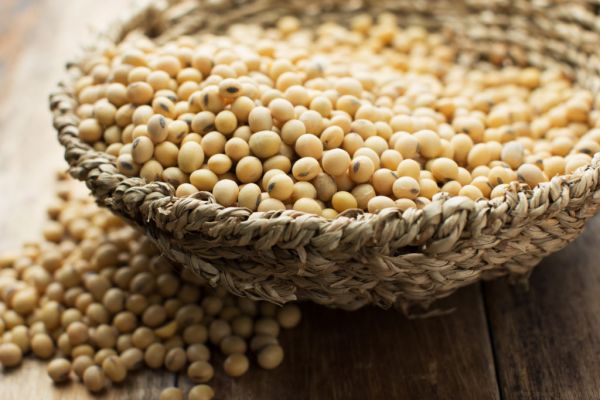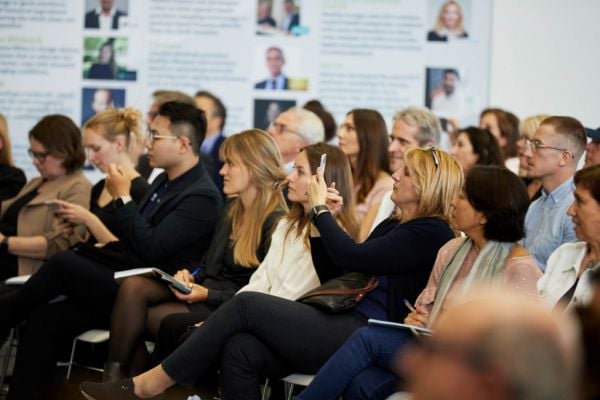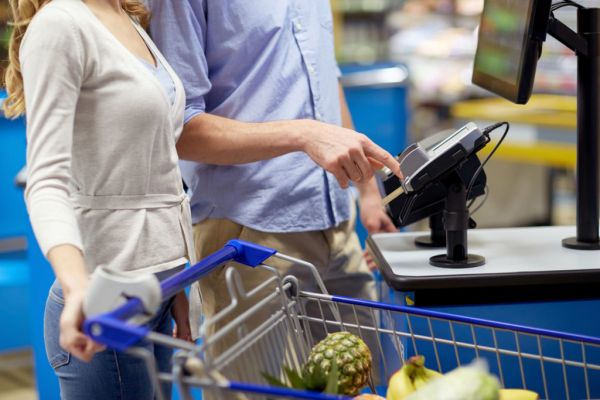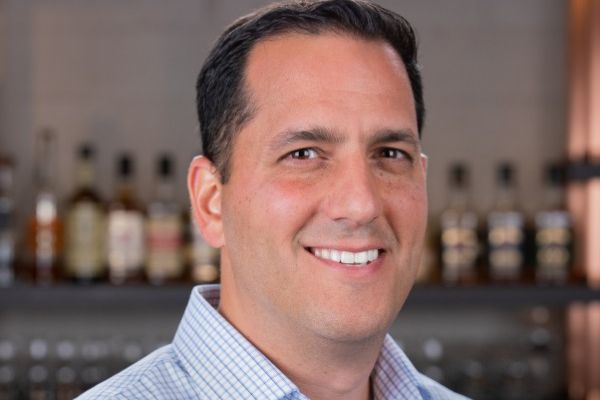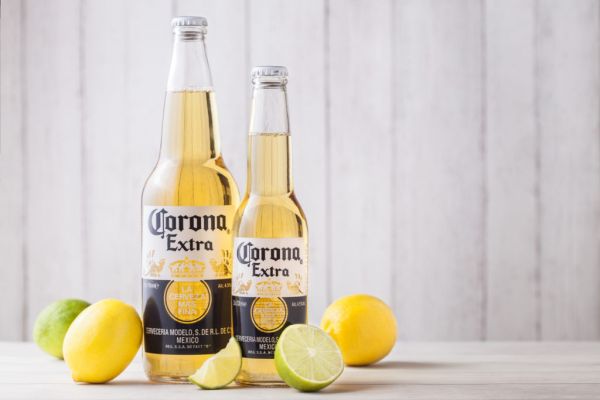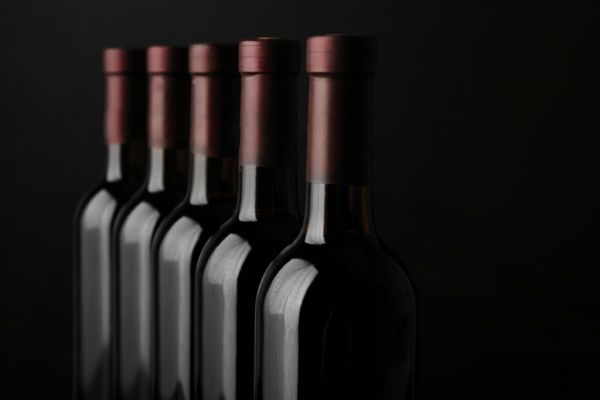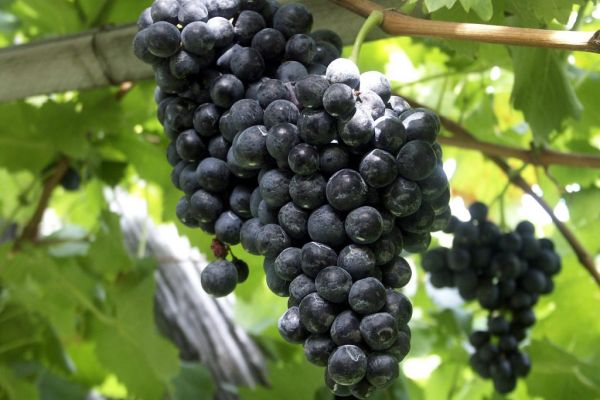Doreen Cappelli is so hooked on her morning cappuccino that she says she’d pay a lot more to get it.
“I don’t drink wine and alcohol,” Cappelli, 52, said after buying the $3.25 drink at Blue Bottle Coffee at San Francisco’s Ferry Building, in the shadow of the Bay Bridge. “Coffee is one of my pleasures in life. I would pay double.”
While prices probably won’t go up that much just yet, pressure is growing on the $80 billion U.S. coffee industry as the cost of arabica beans used in high-end brews skyrockets. Futures in New York jumped 86 percent this year to $2.0595 a pound. By May, they may reach $3, the highest since 2011, said Judy Ganes-Chase, an industry consultant in Panama City, Panama, who has been analyzing the market for three decades.
Arabica is off to its biggest rally to start a year in at least four decades after drought hurt crops in Brazil, the world’s top grower. Eventually, that will mean higher bean costs for Keurig Green Mountain Inc. and J.M. Smucker Co. (SJM), maker of Folgers, the best-selling U.S. brand.
For now, sellers including Starbucks Corp. (SBUX), the largest coffeehouse chain, say they’re in no hurry to raise prices. Many have stockpiles of cheaper beans from before the rally. Even if they do start to charge more, history shows that’s no deterrent for American consumers, the biggest drinkers.
“I need it -- it’s like crack,” said Lindsay Cooper as she stood in line for her morning cup at Philz Coffee in Mission Bay, near AT&T Park, the San Francisco Giants baseball stadium. “I feel like I’m exposing a deep, dark secret. Is there some sort of coffee rehab? If so, hopefully mine has coffee.”
Spending More
In 2011, when futures doubled over 12 months to a 14-year high of $3.089 and retailers including Smucker and Kraft Foods Group Inc. raised prices, U.S. consumption still rose 1.2 percent from 2010 to 2.916 billion pounds, according to the International Coffee Organization in London. In the past decade, as domestic demand jumped 44 percent to 100.3 billion cups last year, spending rose even more, up 135 percent, data compiled by Cedarhurst, New York-based researcher StudyLogic shows.
“There’s very low price-elasticity-of-demand for coffee,” said Paul Christopher, the St. Louis-based chief international strategist at Wells Fargo Advisors, which manages $1.4 trillion. “Would people who like coffee regularly substitute tea, or soda, if prices rise? The answer is ‘No.’”
‘Very Ritualistic’
Americans drink one of every four cups globally, 9.5 percent more than No. 2 Brazil and two and a half times the amount consumed in Germany, ICO data show. About 32 percent of U.S. demand is outside the home, in restaurants including McDonald’s Corp. (MCD), coffee shops including Tim Hortons Inc. (THI), and at work, up from 21 percent in 2004, StudyLogic estimates.
“People still go out for their cup of joe,” Nigel Travis, the chairman and chief executive officer of Canton, Massachusetts-based Dunkin’ Brands Group Inc. (DNKN), owner of the world’s largest donut chain, said on a Feb. 6 conference call with analysts. “It’s a very ritualistic business.”
In the past 12 months, Americans who drink coffee consumed about 1.7 cups a day on average, up from 1.4 cups a decade ago, StudyLogic estimates.
Marisa Smith, a 25-year-old Brooklyn resident who drinks about two cups a day, said she doesn’t pay much attention to prices when buying coffee at a shop.
“Coffee for me is a social activity,” Smith said at a Stumptown Coffee Roasters on West 29th Street in Manhattan. The shop charges $2.50 for a cup of Americano coffee, which can cost $7 if made with beans from El Salvador that fetch a whopping $42 per 12-ounce bag. “It doesn’t cost much when you think about how much we pay for alcohol beverages.”
Top Commodity
Prices may be more difficult to ignore this year. Among 24 raw materials tracked by the Standard & Poor’s GSCI Spot Index, coffee gained the most. The GSCI gauge is up 1.1 percent since Dec. 31, while MSCI All-Country World Index slid 1.1 percent. The Bloomberg Treasury Bond Index advanced 1.7 percent.
Coffee rallied after as an unexpected dry spell in Brazil sparked concern that global demand for arabica will exceed production for the first time in five years. Southeast Brazil is having the driest summer since 1972. Outbreaks of a crop disease called leaf rust cut output by as much as 35 percent in Central America, including Costa Rica, where Starbucks is experimenting with more-resilient hybrid trees.
Arabica Market
Arabica beans accounted for 59 percent of the world’s 153.3 million bags of coffee output last year, with the rest lower-grade robusta used in instant coffees, U.S. Department of Agriculture data show. Brazil produced 46 percent of last year’s arabica crop. A bag weighs 60 kilograms, or 132 pounds.
Global demand for all coffee may exceed harvests in the 2014-2015 season that starts in October in most countries, estimates Volcafe Ltd. in Winterthur, Switzerland, after a surplus sent prices lower in 2013 for a third straight year.
Starbucks Chief Financial Officer Scott Maw said the Seattle-based company already has secured more than a year’s supply of physical inventory and contracts, reducing the need to raise prices for customers. Coffee accounts for 15 percent to 20 percent of the cost of goods sold and 10 percent of store operating expenses, he said.
“We have virtually all of the 2014 prices locked” and 40 percent of the company’s needs for 2015 “at prices slightly below” the average cost for this year, Maw said March 11 at a presentation to analysts. Starbucks is in a better position with supplies and costs than it was during the last surge in futures, during 2010 and 2011, he said.
Enough Inventory
Dunkin Brands’ purchasing cooperative, owned by the company’s franchisees, has locked in coffee for most of 2014, which will keep costs for this year relatively flat, Paul C. Carbone, the chief financial officer, said on the Feb. 6 conference call.
Keurig Green Mountain, the Waterbury, Vermont-based seller of single-cup brewing systems and coffee, has 100 percent of its needs for this year and “quite a bit” for 2015, Chief Financial Officer Frances G. Rathke said on a Feb. 5 call.
Prices for the robusta variety are up 31 percent this year on London’s NYSE Liffe exchange. The premium that arabica fetches over robusta has more than tripled in 2014, reaching a two-year high of $1.0873 a pound on March 5.
“The strong gains we’ve seen could spur a change among companies to use more robusta coffee in their blends,” Hernando de la Roche, a senior vice president at INTL FCStone in Miami, said in a telephone interview. “This would reduce demand for arabica down the road, stalling the rally.”
Price Increases
More-expensive beans tend to mean higher prices for consumers. In 2011, when futures jumped as much as 61 percent over the six months through March, Kraft raised the U.S. price of its Maxwell House and Yuban coffees by as much as 22 percent, Smucker imposed an 11 percent increase, and Starbucks raised the price of packaged coffees by as much as 12 percent. By the end of the year, arabica futures were down 27 percent from their peak, and companies rolled back retail increases.
“We always try to be transparent with our customers, and we will move on price when we need to,” Mark T. Smucker, president of the Smucker U.S. retail coffee unit, said on a conference call Feb. 14. The company, which sells Folgers and Dunkin’ Donuts packaged coffees, cut prices last year when raw bean costs tumbled.
Quality Pays
“We are not afraid of increasing our prices because everyone else will, too,” said Aaron Ultimo, 35, owner of Ultimo Coffee, a cafe in Philadelphia ranked No. 1 among America’s Best Coffee Shops by The Daily Meal, a culinary website. “We usually go for the top-tier coffee, and that’s what we offered to our customers. We won’t change the way we buy coffee, and we won’t compromise on quality.”
Felicia Wong, 24, said she feels the same way about the one or two cups of coffee she buys every day.
“If the prices were raised 200 or 250 percent, I would probably drink less,” the Brooklyn resident said while sipping a cup with a friend at one of five outlets in New York city run by Cafe Grumpy. “Right now, I pay about $20 a pound for a Blue Bottle coffee. I believe paying for quality, not quantity.”
Bloomberg


